The colour scale used for describing different types of diamonds goes from D through Z when referring specifically to white coloured stones (colourless), but actually ranges all colours from blueish…
The quality of a round brilliant cut has to do with the way light enters and exits the stone. A well-cut diamond will reflect light more than any other type of shape (square, oval, pear and so on).
When you see a sparkle in your diamonds it is because they have been properly proportioned and set by hand to create maximum brilliance. This is why it’s important to invest in only higher-quality diamonds if you want them to reflect light properly as opposed to looking cloudy or dull like a lower-quality piece would look under bright lights.

Nothing flaunts the splendour of a diamond like its cut. Top to bottom a diamond is comprised of a crown, girdle, and pavilion. If the pavilion angle is cut too deep, the stone will look dark. If it is too shallow, a diamond will look watery. Well-cut diamonds will exhibit a breathtaking performance of light.
Many diamond experts are convinced that the optimal brilliance of a diamond is determined by one specific set of proportions. But cutting a diamond to ideal proportions has a cost. In some cases half of the crystal’s weight is sacrificed. Consequently the diamond is sold at a relatively higher per-carat price. The standard round-cut is by far the most popular cut. It has 57- 58 small, flat, polished surfaces called facets which account for the breathtaking sparkle. Up to 60% of a diamond’s cost is based on the cut.
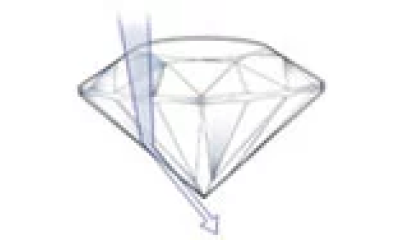
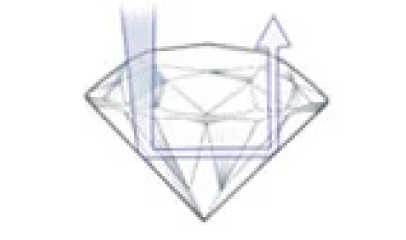
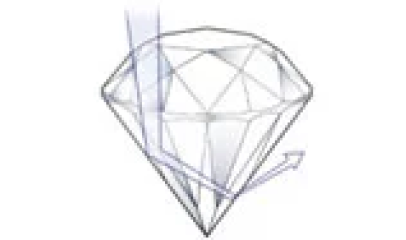
(Proportions table of a Round Brilliant)

The colour scale used for describing different types of diamonds goes from D through Z when referring specifically to white coloured stones (colourless), but actually ranges all colours from blueish…
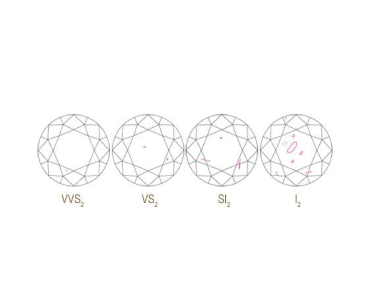
This refers to how many flaws or inclusions (i.e., tiny imperfections) are present in your diamond; the fewer the better. A flawless stone is considered ideal because it has no visible marks…
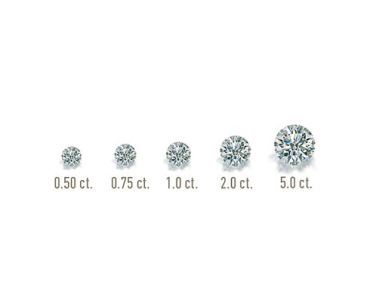
The size of your stone is perhaps the most well-known “C” in diamond buying terms. The bigger your stone is, the more expensive it will be—and big stones can add up quickly.